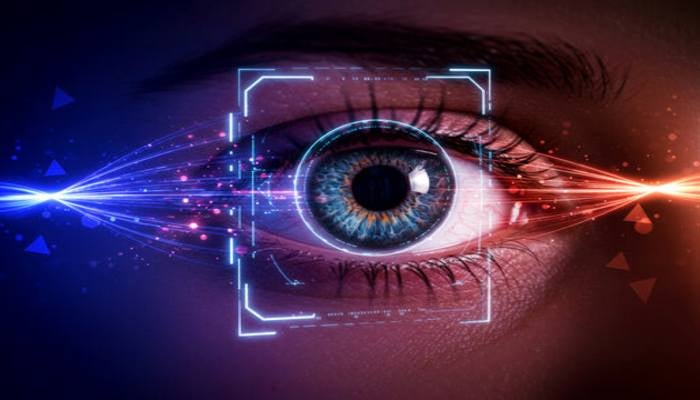
An undated image. — Adobe Stock
In a jaw-dropping breakthrough in the realm of artificial intelligence (AI), a clinical trial has shown that an AI-powered retinal implant, known as PRIMA, allowed patients with vision loss to read again.
This development marks a historical milestone in the treatment of geographic atrophy, a form of dry Age-Related Macular Degeneration (AMD) affecting over 5 million people worldwide.
Of the 38 participants tested from five countries, 84% were able to identify letters, numbers, and words after receiving the implant.
PRIMA involves a tiny 2mm × 2mm chip implanted beneath the retina, augmented-reality glasses with a built-in camera, and an AI processing unit worn on the waist.
The integrated AR glasses capture live video, convert it into near-infrared signals, and project it onto the chip, which then sends electrical signals to the brain.
It's worth mentioning that no loss of peripheral vision was reported during the eye-implant trial, the biggest advantage of PRIMA’s design.
Another incredible part of this technological breakthrough, which makes it more accessible, is that the surgery takes under two hours and can be performed by any trained retinal surgeon.
The restored vision is currently monochrome and lower resolution, and patients must undergo months of rehabilitation to retrain their visual processing.
As the trial lacks a placebo-controlled arm, researchers are hopeful to enhance the system for facial recognition, contrast and colour, and apply it to other retinal diseases.
















